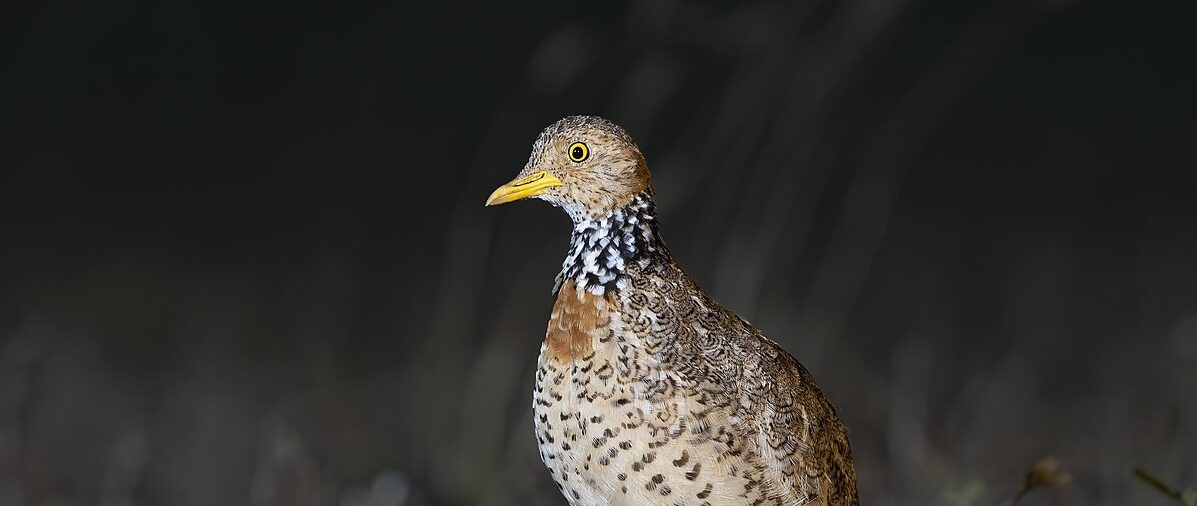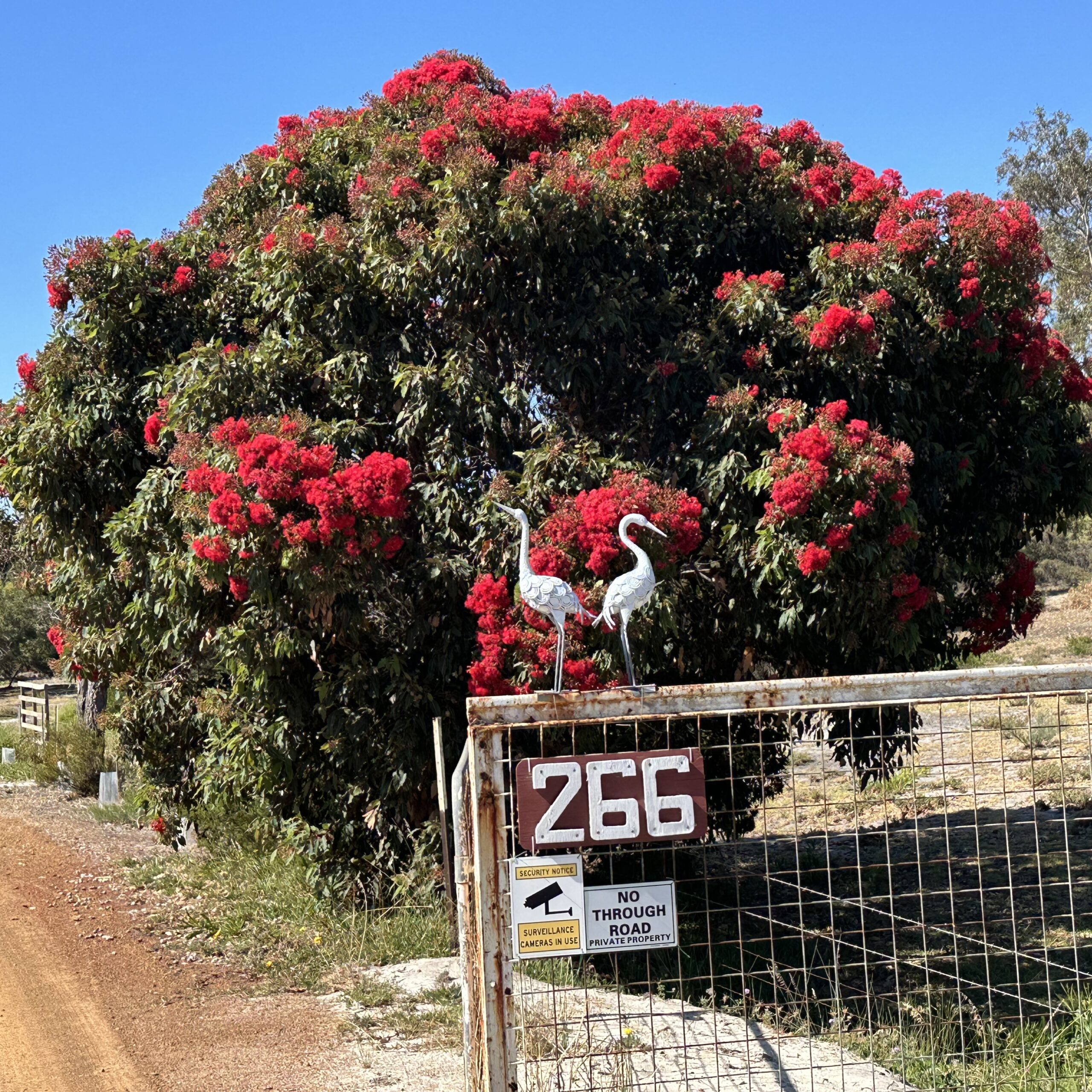The ‘Goldilocks bird’ Plains-wandererPhoto credits: JJ Harrison/Wikipedia The plains-wanderer (Pedionomus torquatus) is a unique and enigmatic native Australian bird. As the only species of the ‘Pedionomidae’ family, despite its quail-like appearance, these birds are believed to be more closely related to a group of South American shorebirds. Standing 15–19cm tall,...
Within HSI and AMCS’s groundbreaking Shark Champions campaign for the protection of sharks and rays in Australia, one of our main focuses is the protection of biodiversity. Australia is home to 322 different species of sharks and rays, 179 of which are found nowhere else on Earth. Because of this, Australia is known as a shark and ray biodiversity hotspot.
When we think of sharks and rays in Australia, our minds tend to focus on a few large and charismatic animals like Great Whites, Manta Rays, Whale Sharks, and Grey Nurse Sharks. And while these species certainly deserve our protection and concern, so too do the lesser known, smaller, and less often seen species that make up the majority of sharks and rays that call Australia home.
All the weird, wonderful, hidden, and cryptic species of sharks and rays in Australia deserve our concern for the simple fact that we share this country with them, but also because biodiversity is inextricably linked with the health of the oceans. An ecosystem with a great number of species will be more resilient to changes in the environment than an ecosystem with few species. Australia’s wealth of shark and ray diversity means healthy and resilient seas.
But of course, some of these species are in danger. We have identified those most in need of a threatened species listing, and have begun a nominations schedule targeting those most in peril that do not yet have any legislative protection. For the first year of the campaign, Shark Champions nominated 4 species: the narrow sawfish (Anoxypristis cuspidata), the grey skate (Dipturus canutus), the longnose skate (Dentiraja confusus), and the whitefin swellshark (Cephaloscyllium albipinnum). What these species have in common is IUCN statuses as Endangered or worse (Critically Endangered), and that the most significant threat to their survival originates from commercial fishing.
Narrow Sawfish (Anoxypristis cuspidata)
The narrow sawfish may look like a shark, but is actually a highly modified ray. They are named for the blade-like snout armed with teeth and is utilised in both locating and immobilising prey. It is commonly encountered in the Gulf of Carpentaria with a relatively wide distribution in Northern Australia. Sawfishes are recognised as among the most endangered of all shark and ray species and are most under threat from gill net fisheries. Listing under the EPBC Act could limit the spatial extent of gill netting in Northern Australia and help Narrow Sawfish populations bounce back.
Grey Skate (Dipturus canutus)
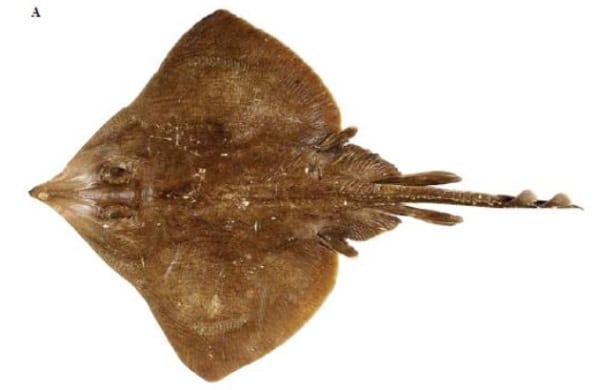
Skates are prehistoric, deep-dwelling cousins to rays. The grey skate is found only in temperate, southern Australian waters from southern NSW to southern WA including the waters around Tasmania. It lives on the continental slope and usually found at 330 m to 730 m depth. Subsisting on a diet of crabs and fish, the major threat to the grey skate is deepwater trawl fisheries. While skate flesh is sometimes sold as flake, it is more often discarded as bycatch in the indiscriminate trawl nets that scour the ocean floor.
Longnose Skate (Dentiraja confusus)
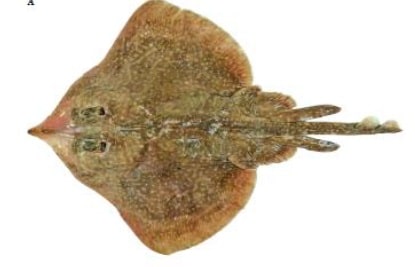
The longnose skate is also endemic to the waters around southeastern Australia from Sydney, to Victoria, including the waters around Tasmania. It inhabits waters from a depth of 20 m to about 400 m. Like the Grey Skate, the Longnose Skate has been hit hard by the trawl fishery. Another unique and special animal, an EPBC listing would require species specific conservation plans for the Longnose Skate.
Whitefin Swellshark (Cephaloscyllium albipinnum)
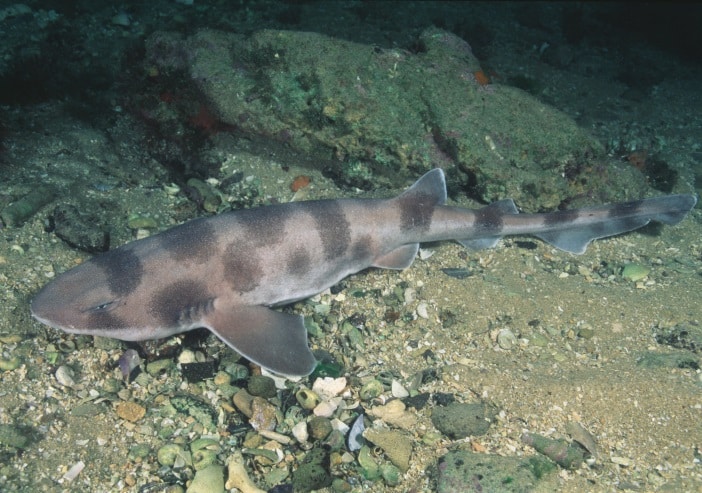
The whitefin swellshark is a recently described species that is also endemic to Australian waters. Swell sharks are aptly named for their ability to greatly expand their belly by swallowing water or air upon capture Again, the whitefin swellshark is a common bycatch species in the trawl fisheries of southeastern Australia. This intensive demersal trawling has led to significant declines in the abundance of this species with declines of approximately 75% from 1994 to 2006.
Make sure you sign up to be a Shark Champion here to keep up to date with the progress of our nominations and other ways to help protect sharks and rays in Australia.
A marine ecologist specialising in conservation, research and outreach, Lawrence has spent years working with wildlife, the ocean and the public to engender sustainable relationships between them. He has worked as a field biologist, environmental consultant, naturalist and project coordinator with a BA from the University of San Diego, and an MSc from James Cook University. Lawrence’s work at HSI is currently focused on shark welfare and protection, specifically in regards to culling and control programs, overexploitation, and international protection.
Header image: Kelvin Aitken / VWPics / Alamy Stock Photo

